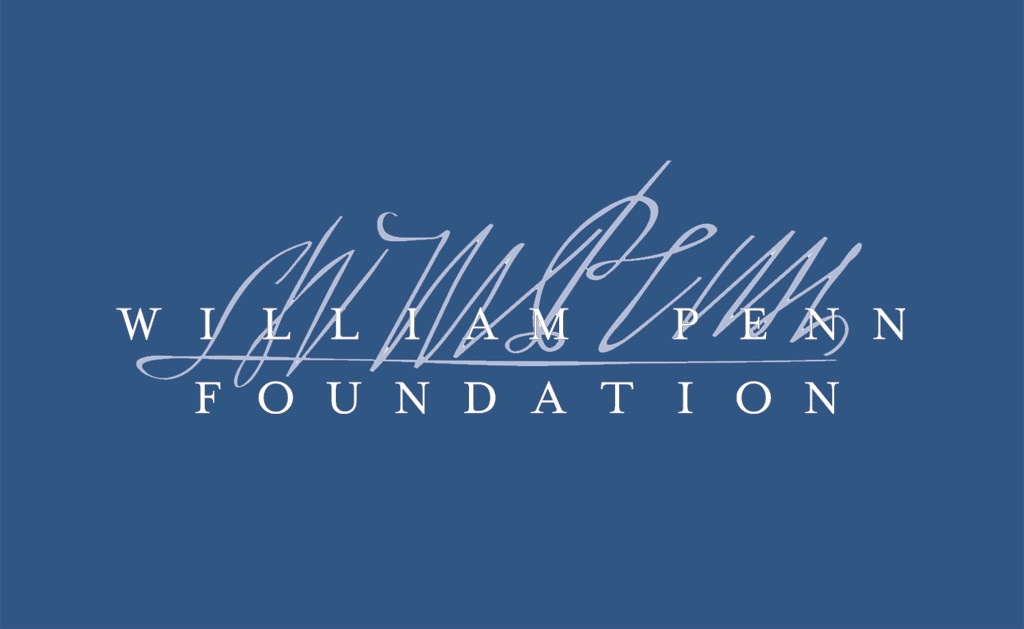For almost a decade, the National Sustainable Agriculture Coalition (NSAC) has been engaged with agricultural producers to assess Farm Bill conservation programs in the Delaware River Watershed. NSAC reports “The farm bill’s conservation programs provide farmers, ranchers, and landowners… a wide range of tools and incentives to conserve and enhance our shared natural resources… to adopt practices that can improve water quality, build soil health, enhance wildlife habitat, and increase the resilience of their own operations. For decades, voluntary conservation programs offered by USDA’s Natural Resources Conservation Service (NRCS) have helped to produce high-impact results for farmers and the public, but today many farmers find it increasingly difficult to access this support.”
In 2022 and again in 2024, NOFA NJ has supported NSAC to help promote their findings and to promote conservation programs and watershed health among our community of farmers. Check out the NSAC project summaries, overview of Farm Bill Conservation Programs, and data analyses linked here, and learn more about conservation agriculture via the FAQ and videos below.
- 2024 – Assessing Farm Bill Conservation Programs in the Delaware River Watershed
- 2022 – Assessing Farm Bill Conservation Programs at the County-Level in the states of the Delaware River Watershed
- 2018 – Assessing Farm Bill Conservation Programs at the County-Level in the States of the Delaware River Watershed
What is Conservation Agriculture?
Conservation agriculture is a method of agricultural production that aims to improve crop production while also promoting soil health, enhancing biodiversity, and reducing erosion and runoff.
From NSAC: Conservation agriculture “helps to ensure cleaner drinking water for our urban and rural communities, more robust habitats for wildlife, and farm operations that are sustainable long-term. Conservation is a win-win investment that protects and enhances our shared natural resources and bolsters farmers’ bottom line.”
How to Support Watershed Health?
Agricultural producers and landowners should contact their local NRCS office to learn more about available conservation program funding. In addition, producers can consider engagement with NOFA NJ and other technical assistance providers to improve farm management practices.
Homeowners and property managers can employ a variety of strategies to reduce their impact on watershed health (check out this list from The Nature Conservancy).
Conservation vs. Preservation
Often confused, conservation differs from preservation in that preservation seeks to protect natural resources from use and/or human interference, while conservation seeks to work with nature to support desired outcomes.
Such outcomes might include reforestation, erosion prevention, protection of drinking water, the establishment and protection of wildlife habitat, and more.
What is the Delaware River Watershed?
A watershed is an area of land in which bodies of water are interconnected and drain into one common source, such as a river or bay. Surface water (lakes, streams, reservoirs, etc..) and underlying groundwater make up an area’s watershed.
The Delaware River Watershed (DRW) covers portions of the states of Delaware, New Jersey, New York, and Pennsylvania (approx. 13,500 square miles) and provides drinking water to more than 13 million people. This is water worth protecting! Learn more about the DRW here.
Additional Conservation Resources
Check out the following additional links and videos to learn more about conservation agriculture and supporting watershed health:
In this video, learn about how Gorgeous Goat Creamery received support through NRCS-EQIP to manage invasive species without the use of chemical herbicides, reducing the amount of chemical runoff ending up in the Delaware River Watershed.
In this video, Technical Service Provider John Kluthe of Kluthe Environmental Solutions provides an overview of nutrient management, soil health, and how NRCS conservation programs can support farm viability and ecosystem health.
Join Kimberly Dalton and James Strehse from NJ NRCS to explore various funding opportunities to assist farmers and landowners in achieving their resource conservation goals.

NOFA NJ’s work to support NSAC Delaware River Watershed Health activities is made possible with funding from the William Penn Foundation.
